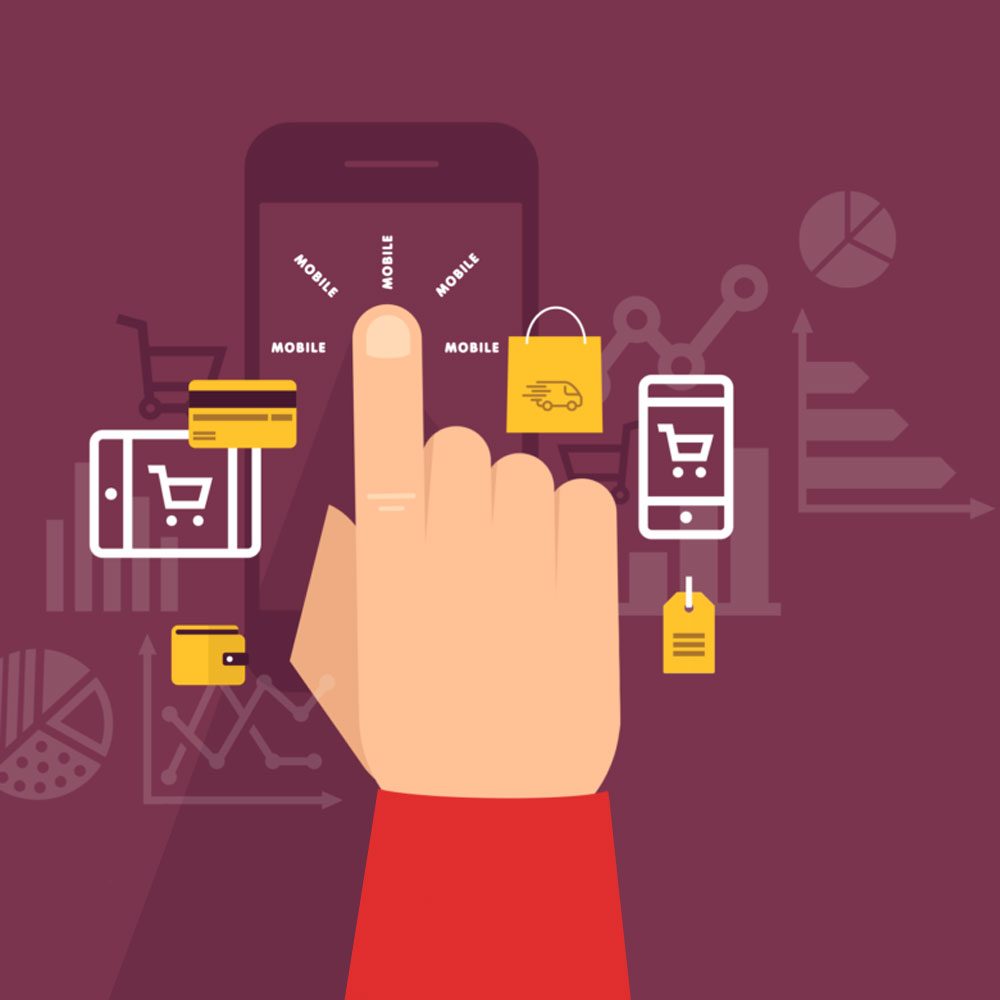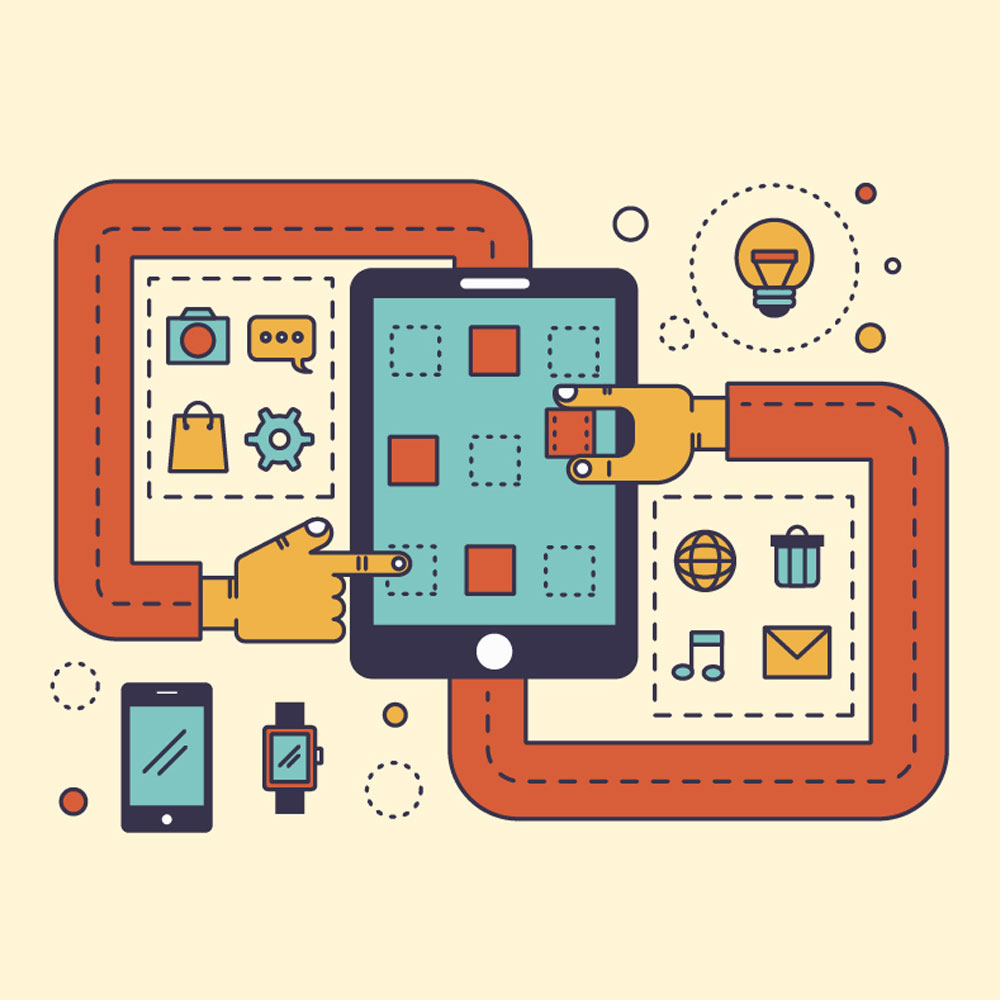
Anticipatory Design
Anticipatory design is changing how we think about user experience (UX). It’s a new way of designing systems that can predict what users need before they even know it themselves. This approach aims to make things easier for users by making smart decisions for them. It cuts down on the mental work users have to do and makes using technology feel smoother. As technology advances, anticipatory design is set to become a key part of UX. It uses data, artificial intelligence (AI), and user-focused ideas to give people personalised and efficient experiences.

Anticipatory Design
What is Anticipatory Design?
Anticipatory design is about creating systems that can predict what a user wants or needs. It does this by looking at how they’ve behaved in the past, what they like, and what’s going on around them. The goal is to make things simpler by doing certain tasks automatically. These tasks can be small and every day, or they can be more complex.
To do this, anticipatory design uses lots of information about users and clever computer programs to make accurate guesses. The main aim is to reduce how much effort users have to put in and how many decisions they have to make. It does this by showing them the right information or giving them the right option at the right time. By doing this, it tries to make users happier and more engaged, making technology feel more natural and responsive.
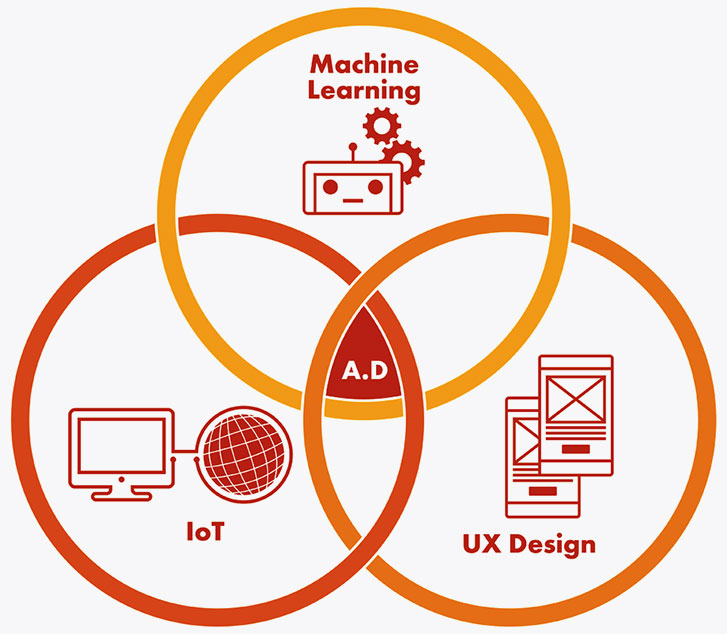
What is Anticipatory Design
Key Parts of Anticipatory Design
| Step | Description |
|---|---|
| 1. Collecting and Analysing Data |
|
| 2. Understanding Users |
|
| 3. Knowing What’s Going On |
|
| 4. Doing Things Automatically |
|
Real-Life Examples of Anticipatory Design
Anticipatory design is already being used in many different areas. Here are some good examples:
| Category | Examples and Descriptions |
|---|---|
| Digital Assistants |
|
| Music and Entertainment |
|
| Health Care |
|
| Smart Home Technology |
|
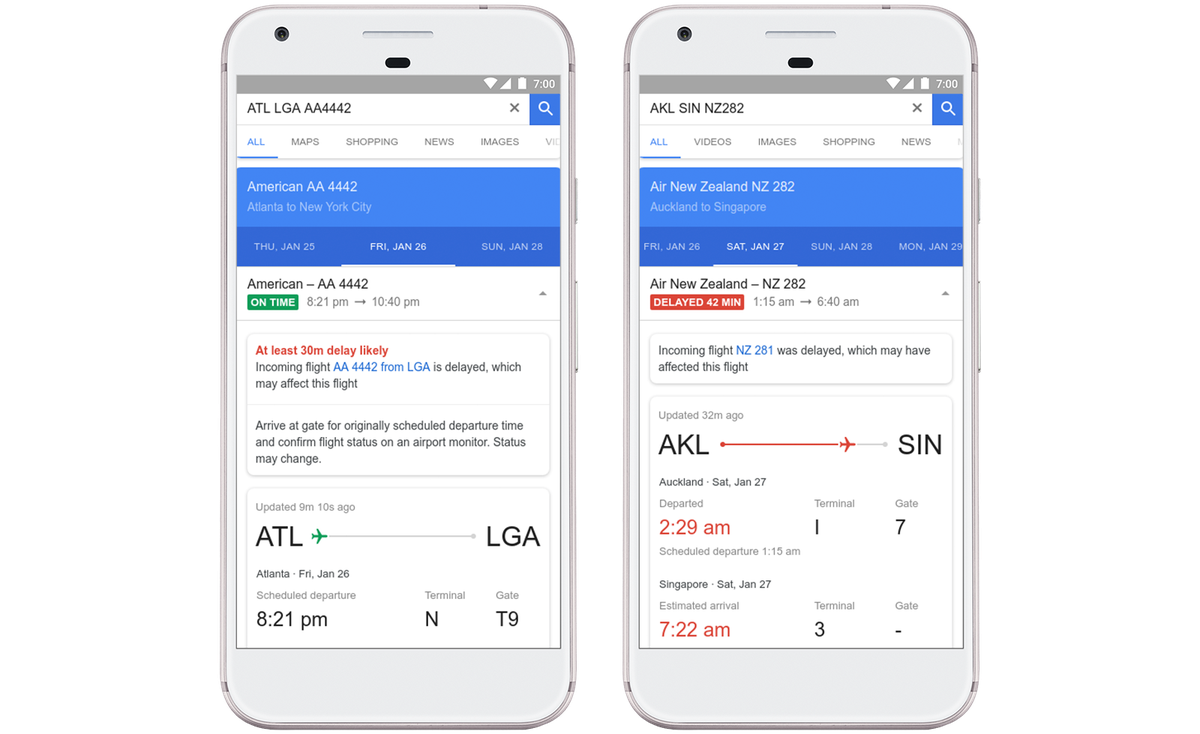
Anticipatory Design: Real-Life Examples
Good Things About Anticipatory Design
| Benefit | Description |
|---|---|
| Better User Experience | By reducing the number of decisions a user needs to make, anticipatory design makes things smoother and more enjoyable. Users can focus on what’s important to them without getting bogged down by repetitive tasks. |
| Personalisation | Anticipatory design tailors the experience to each person’s likes and behaviours, making interactions more relevant and engaging. |
| Efficiency | Automated decisions save time and effort, letting users achieve their goals more quickly and with less hassle. |
| Less Mental Work | By guessing what users need and doing things automatically, anticipatory design reduces how much thinking users have to do. This leads to less tiredness and more satisfaction. |
Challenges and Things to Think About
Even though anticipatory design has many good points, it also comes with some challenges and things to consider:
| Challenge | Description |
|---|---|
| Worries About Privacy |
|
| Depending Too Much on Automation |
|
| How Accurate the Guesses Are |
|
| Ethical Considerations |
|
The Future of Anticipatory Design
As technology keeps getting better, the potential for anticipatory design will only grow. Advances in AI and machine learning will allow for even more accurate predictions and personalised experiences. Here are some trends and possibilities for the future:
| Future Trend | Description |
|---|---|
| Working More Closely with AI |
|
| Better Understanding of Situations |
|
| More Use in Different Industries |
|
| Improved Ethical Standards |
|
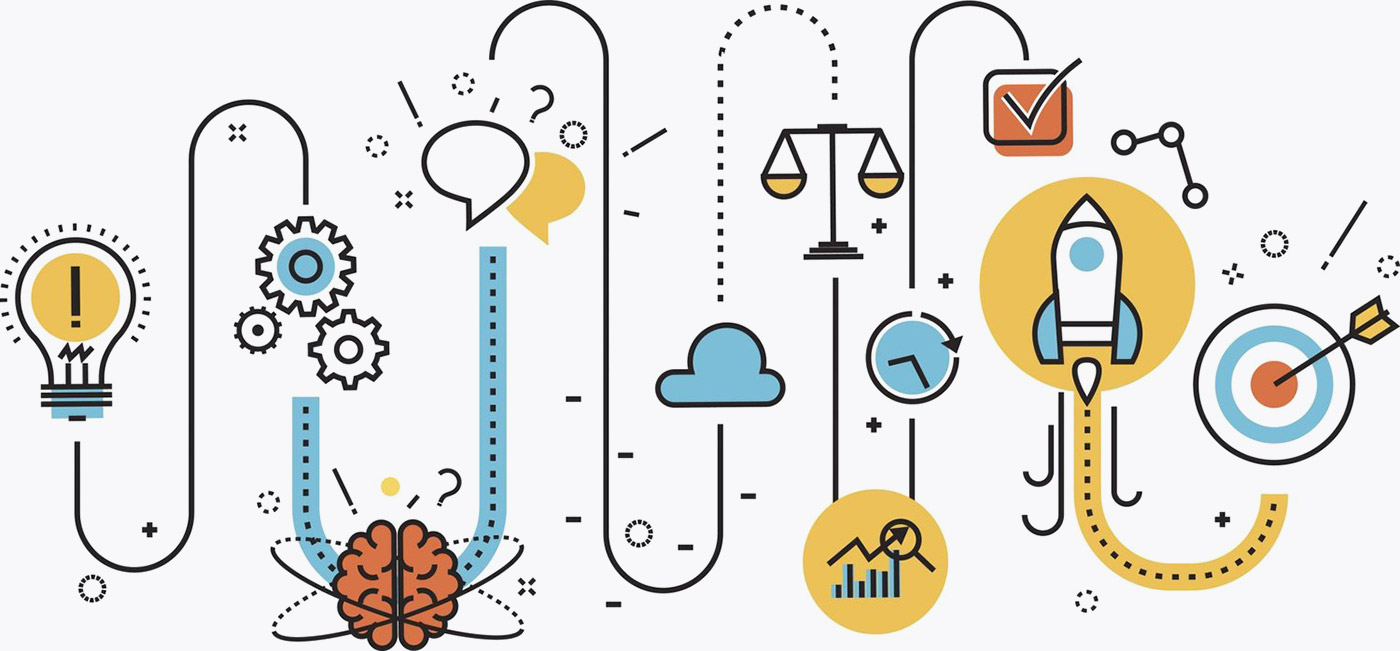
Anticipatory Design: The Future of Anticipatory Design
Conclusion
Anticipatory design is a big step forward in the field of UX. It offers the chance to create more personalised, efficient, and enjoyable user experiences. By using data, AI, and user-focused principles, it aims to guess what users need and make decisions automatically. This reduces mental work and makes users happier.
However, we need to be careful when implementing anticipatory design. We must consider the challenges of privacy, accuracy, and ethical implications. As technology continues to evolve, anticipatory design will undoubtedly become a more important part of our everyday experiences, shaping how we interact with various systems and services.
The future of UX lies in creating systems that not only respond to what users do but also anticipate and meet their needs in a smooth and natural way. Anticipatory design is at the forefront of this change, promising more intuitive and responsive interactions with technology in various aspects of our lives.

With over two decades of web design and development expertise, I craft bespoke WordPress solutions at FallingBrick, delivering visually striking, high-performing websites optimised for user experience and SEO.




